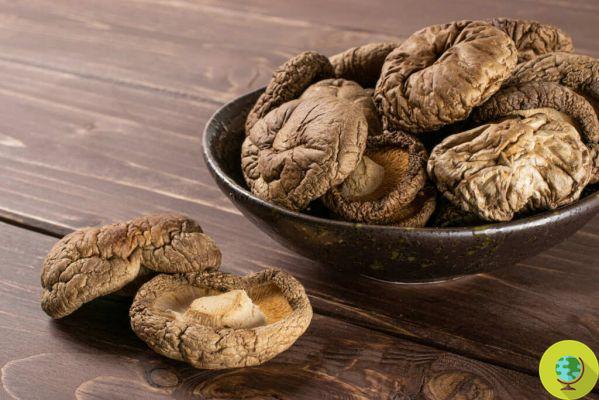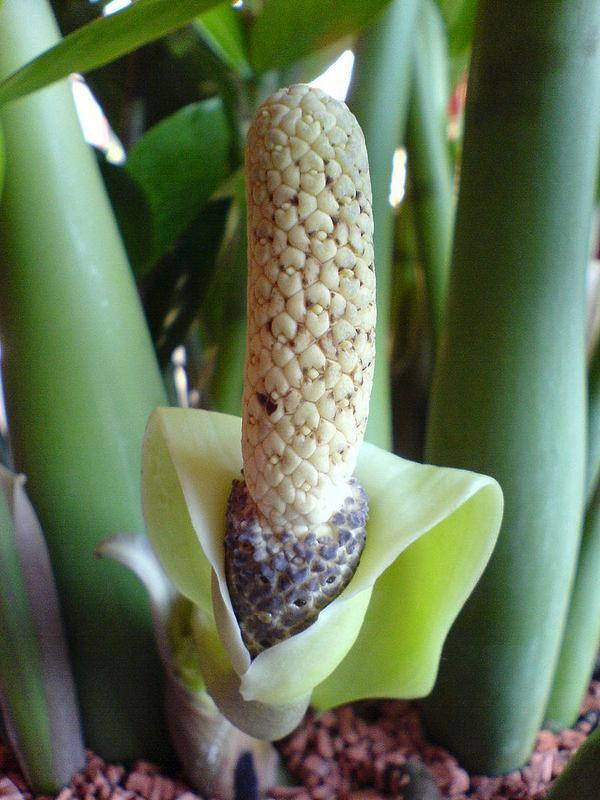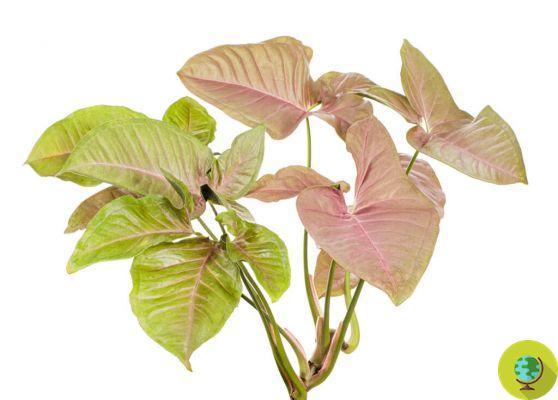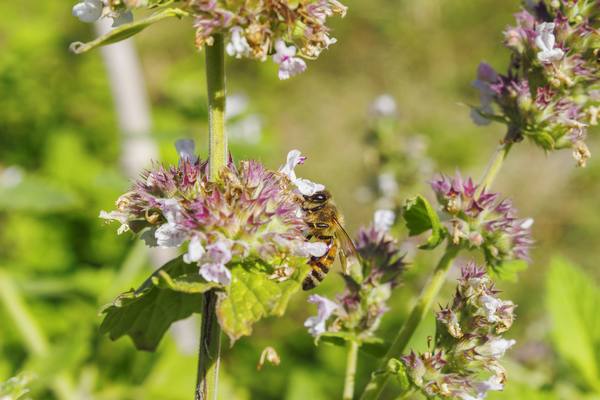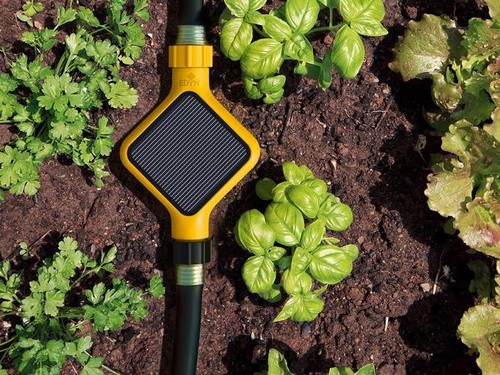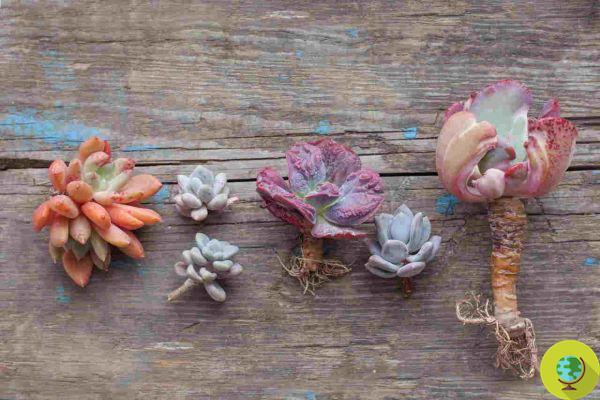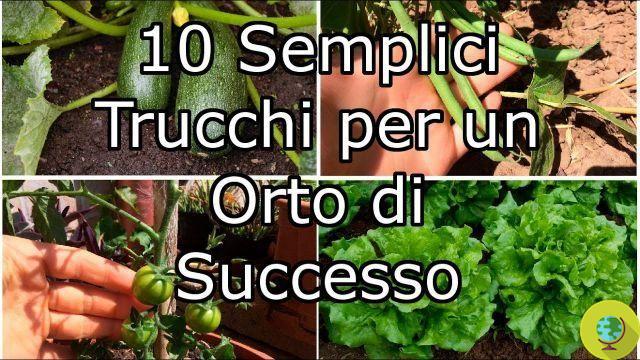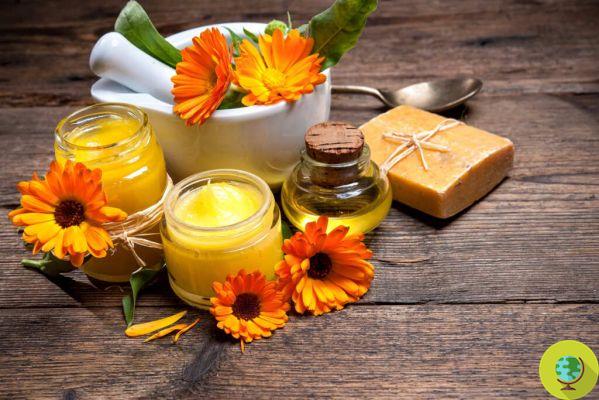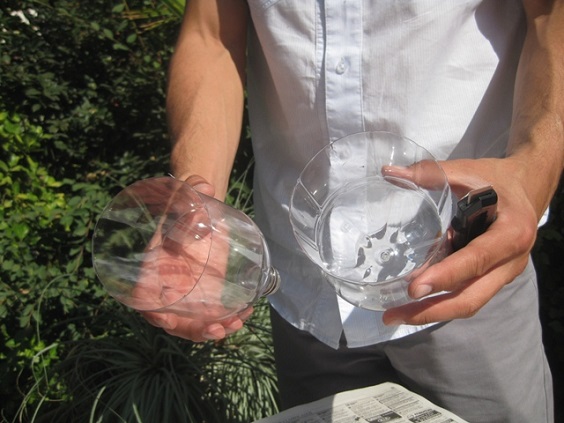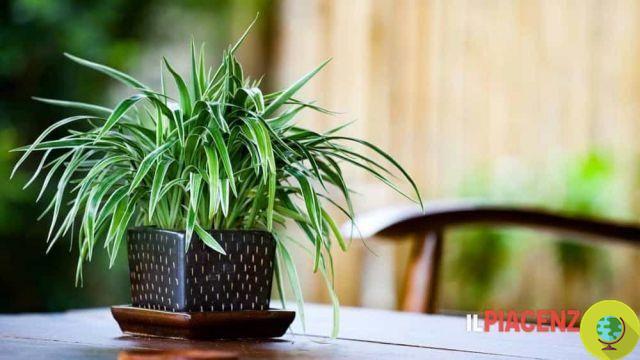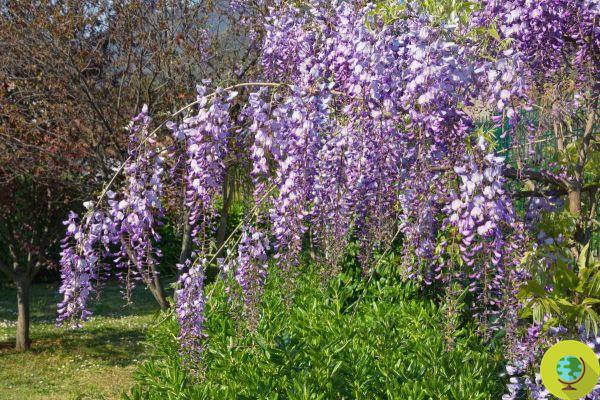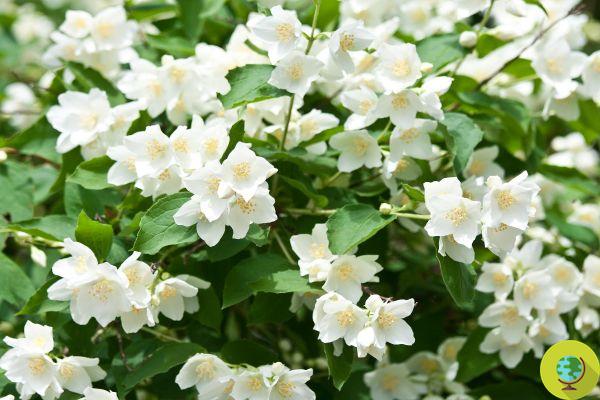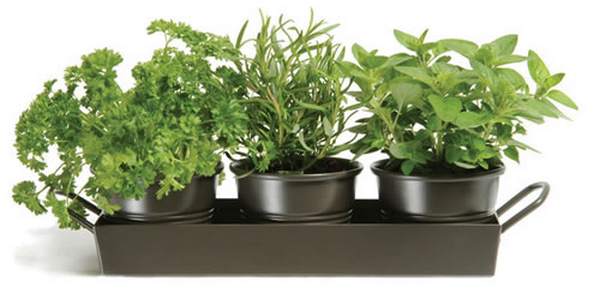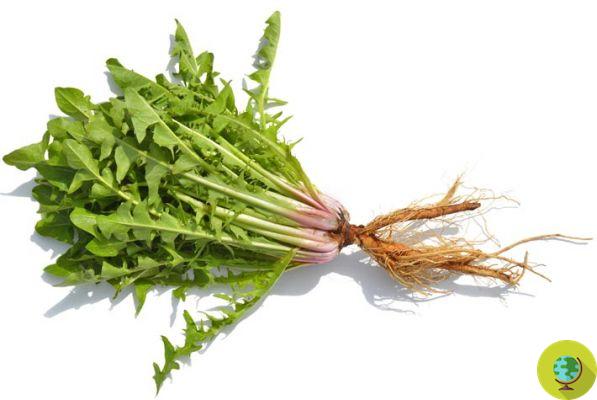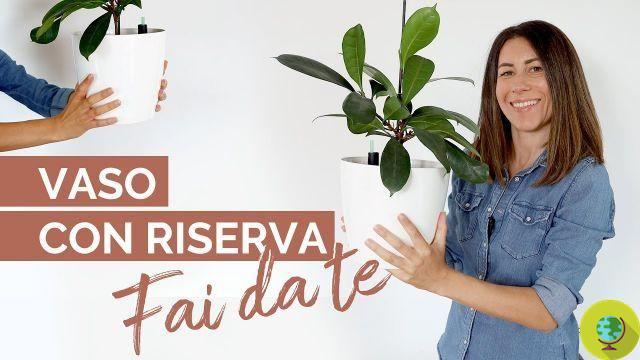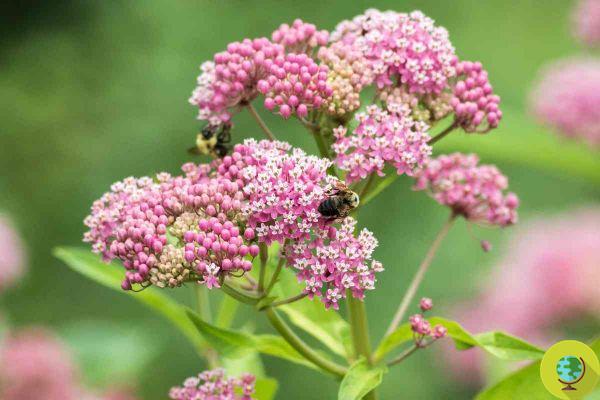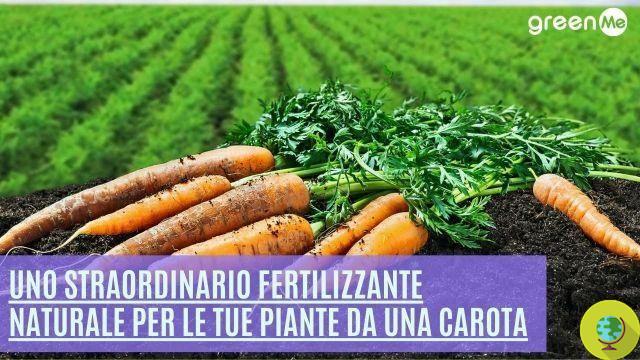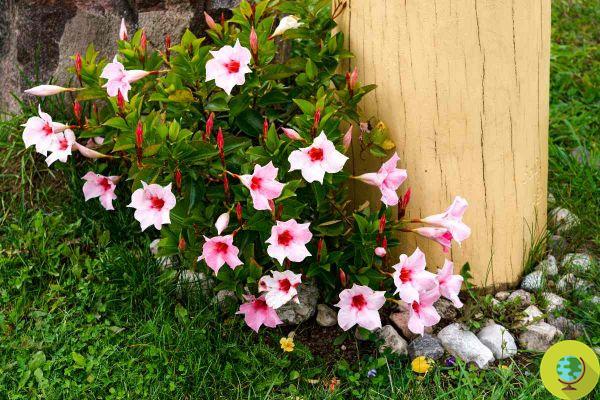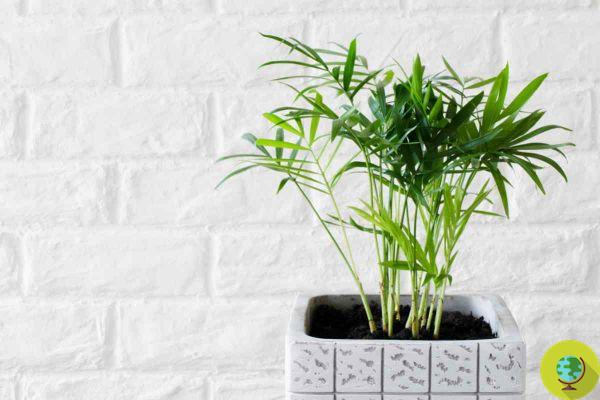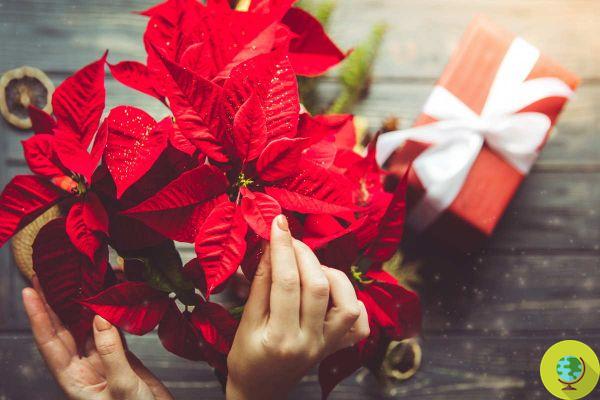
How to take care and extend the life of the poinsettia that even after the holidays and winter have given you
He is about to end up run over, his mother saves himHow to care for and extend the life of the poinsettia, even after the holidays and winter
La Christmas Star, Also known as poinsettia or with the botanical name of Euphorbia pulcherrima, it is an ornamental plant native to Mexico, where, in its natural habitat, it can reach a height equal to 4 meters. It was imported first in North America and later in Europe as ornamental plant characteristic of the Christmas period, due to the moment of its flowering.
Contrary to what is commonly believed, its flower is not made up of a red corolla, but is yellow in color and surrounded by leaves that change their hue from green to red, mistakenly considered as petals. They are mainly red in color but, depending on the variety of the plant, they can take on shades ranging from white, to pink, to deep red and bright red.
The flowering of the poinsettia takes place over the course of first winter weeks and, due to the type of the plant itself, it is favored by the presence of a greater number of hours of darkness during the day. Exactly for this reason, to promote better flowering, the poinsettia should be placed away from artificial light sources present in your home. You can enjoy natural light at ease, but no more than eight hours a day in the winter months.
Unfortunately, the delicate houseplant often drops its leaves before Christmas. This is mainly due to improper care. Our tips ensure that your poinsettia blooms for a long time and doesn't need to be thrown away after Christmas.
Index
The Christmas star in winter
The poinsettia in winter can be struck by fungal diseases because of stagnation of water at the level of the roots. The disease manifests itself with the appearance of gray spots on the leaves of the plant, which more often than not at this point is unfortunately compromised. It's possible extend the way of the poinsettia paying attention to avoid the formation of accumulations of water in the saucers and keeping it away during its stay indoors both from sources of excessive heat, which can cause its leaves to dry out, and from cold air currents.
During the stay at home in the winter months, the Christmas star must therefore beand kept away from stoves, fireplaces and radiators. When the red leaves have dried, they can be removed with the help of a cutter. It is necessary to wear gloves so as not to come into contact with the latex contained in the stems and leaves, which can be stinging. The poinsettia can be kept in the apartment in a bright place from withering until April, when it can be placed outside.
Both in summer and in winter the watering should be done only when the soil appears dry on the surface. In the months of October and November, the poinsettia can be placed indoors, in a rather dark place, in order to favor its flowering for the Christmas period. The internal room temperature must be between 15 and 24 degrees ° C.
The poinsettia needs this location
Being a tropical plant, the poinsettia loves a warm and bright environment. Uniformly warm temperatures between 18 and 22 degrees and windows facing east or west are ideal. In the case of south-facing windows, the direct midday sun can burn the leaves.
Drafts and a place directly above or next to the stove are not good for the poinsettia at all. If you ventilate in the winter, you should place the poinsettia in a draft-free location for this period.
When you transport her home from the garden center, make sure the sensitive plant doesn't get too cold. The poinsettia can't stand cold temperatures - not even for a short time - and can get damaged quickly.
The Christmas star in the summer
Similarly for what happens in the case of Christmas cactus, the poinsettia can be placed outdoors during the summer, until the end of September. From this moment on, it can be brought inside again. Both during the summer and in the winter watering will have to be sporadic.
Often themistake to throw the poinsettia at the end of winter, believing that the plant is now dead, as it may have lost its leaves or because it may appear dry. In fact, if your poinsettia has a good root system, it can to recover and flourish again during the following winter season.
Multiplication of the poinsettia
For those who want to try to multiply their poinsettia by get more seedlings, it is good to know that in spring it is possible to make cuttings. Portions of cut branches should be placed in a vase or glass with water until roots are formed. At that point they can be buried for the formation of a new plant.
Choose the poinsettia
The Christmas star fears rot and water stagnation, which can cause root decay and the death of the plant itself. Healthy roots must not be too thin, they must be white in color and quite numerous. This is a feature that you need to look out for when purchasing your plant, so that you don't opt for a poinsettia that is too faint and struggles to survive after the holidays.
Water the poinsettia properly
Provide poinsettia with only moderate amounts of water and avoid standing water, which can lead to root rot. You can also take the root ball out of the planter and soak it in the water for a few minutes.
Any excess water should be drained before returning the plant to the pot. It is best to water the houseplant with water at room temperature - and only when the top layer of the soil is completely dry.
Fertilizer for the poinsettia
In winter, give potassium-rich poinsettia fertilizer every two weeks. In the summer you should also fertilize weekly, preferably with a complete fertilizer.
Precautions for children and pets
As already pointed out, the liquid contained in the stems of the poinsettia can be stinging. For this reason the Christmas plant must be kept out of the reach not only of children, but also of pets. The star of Natala in fact, if ingested by animals, produces a very irritating lymph for their digestive system and causes painful blisters in the mouth, accompanied by stomach spasms. (READ ALSO: (If this is the case, your cat (or dog) has eaten the poinsettia and needs to be taken to the vet right away.
The stems and leaves of the poinsettia contain aa substance called triterpene which is poisonous if ingested or if it comes into contact with the skin. It can cause irritation and digestive problems. Contact with skin may cause temporary itching or burning. In case of accidental contact, you should consult your doctor.
Other winter and Christmas plants:





